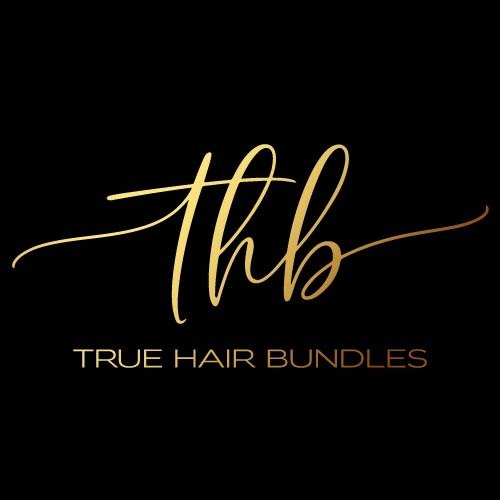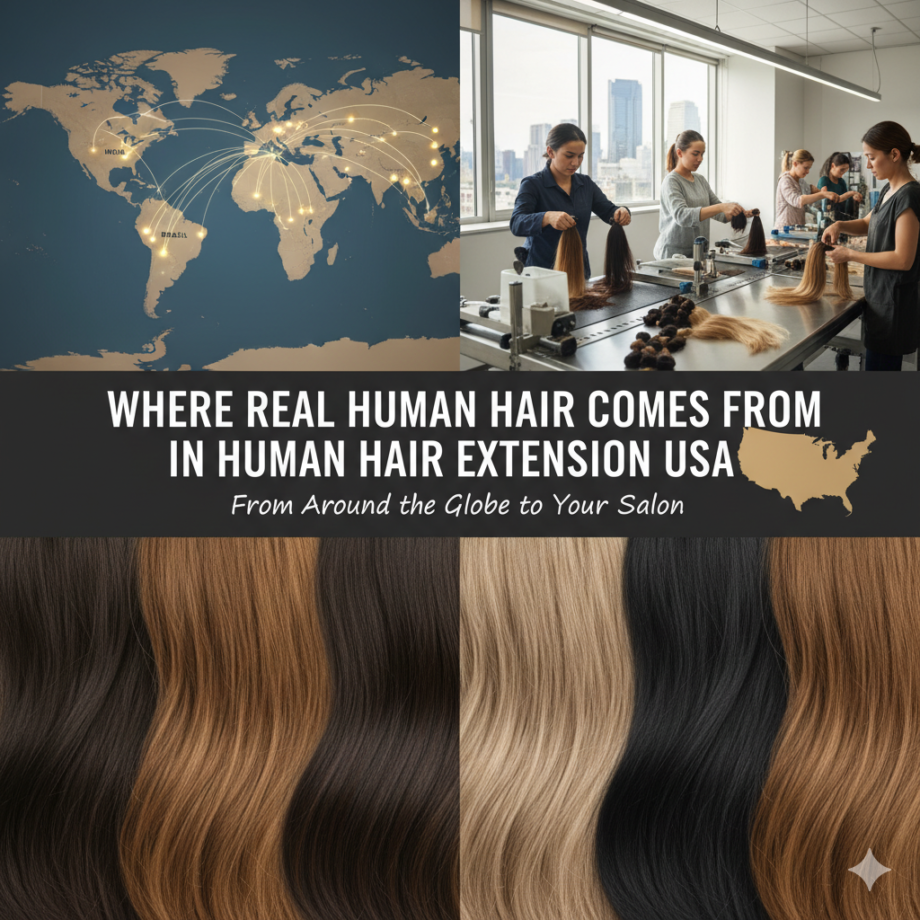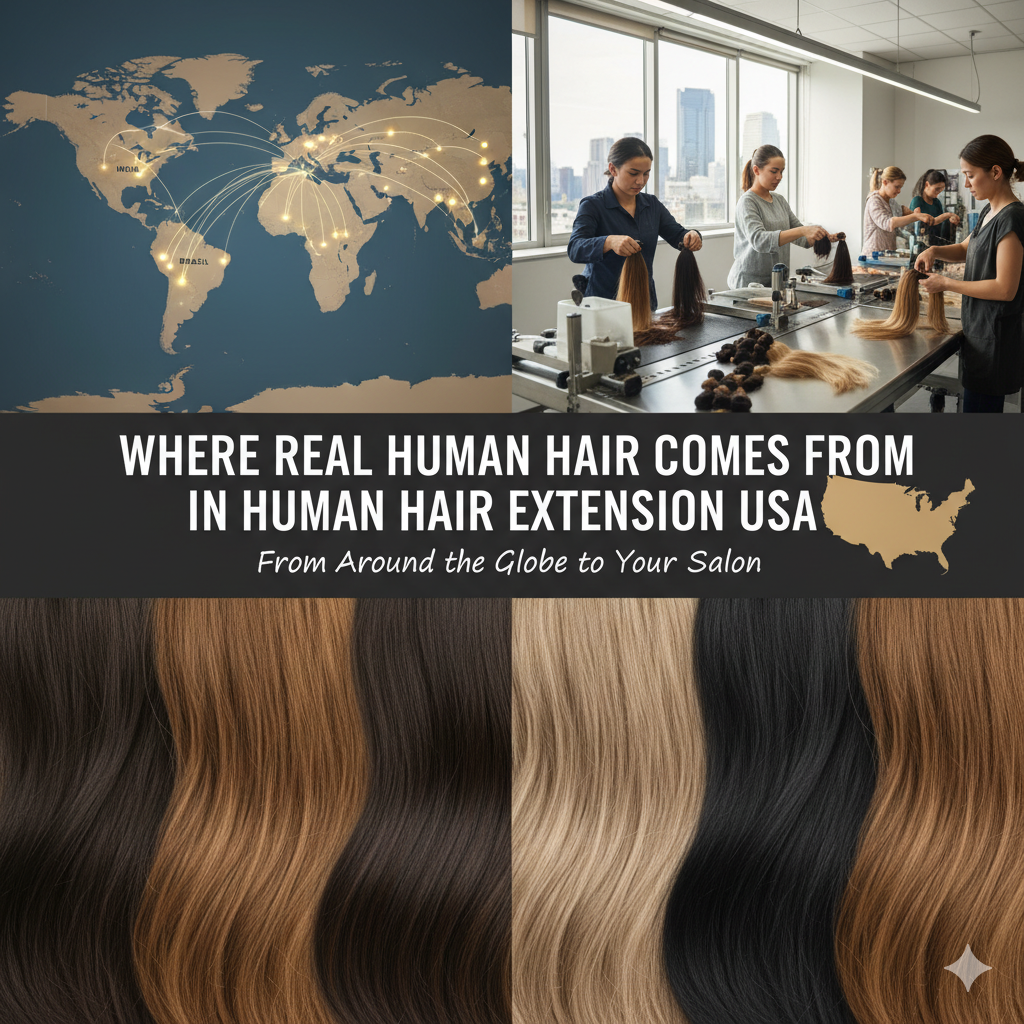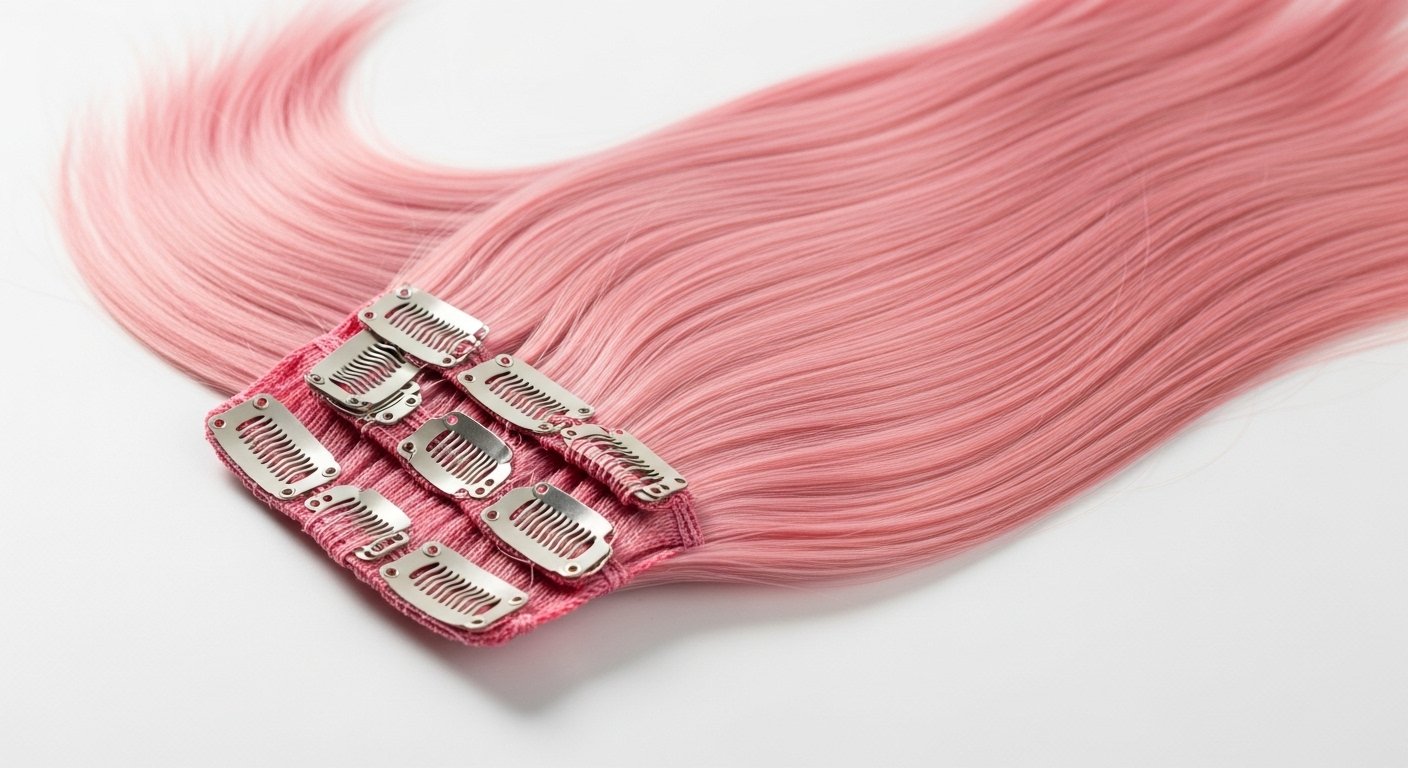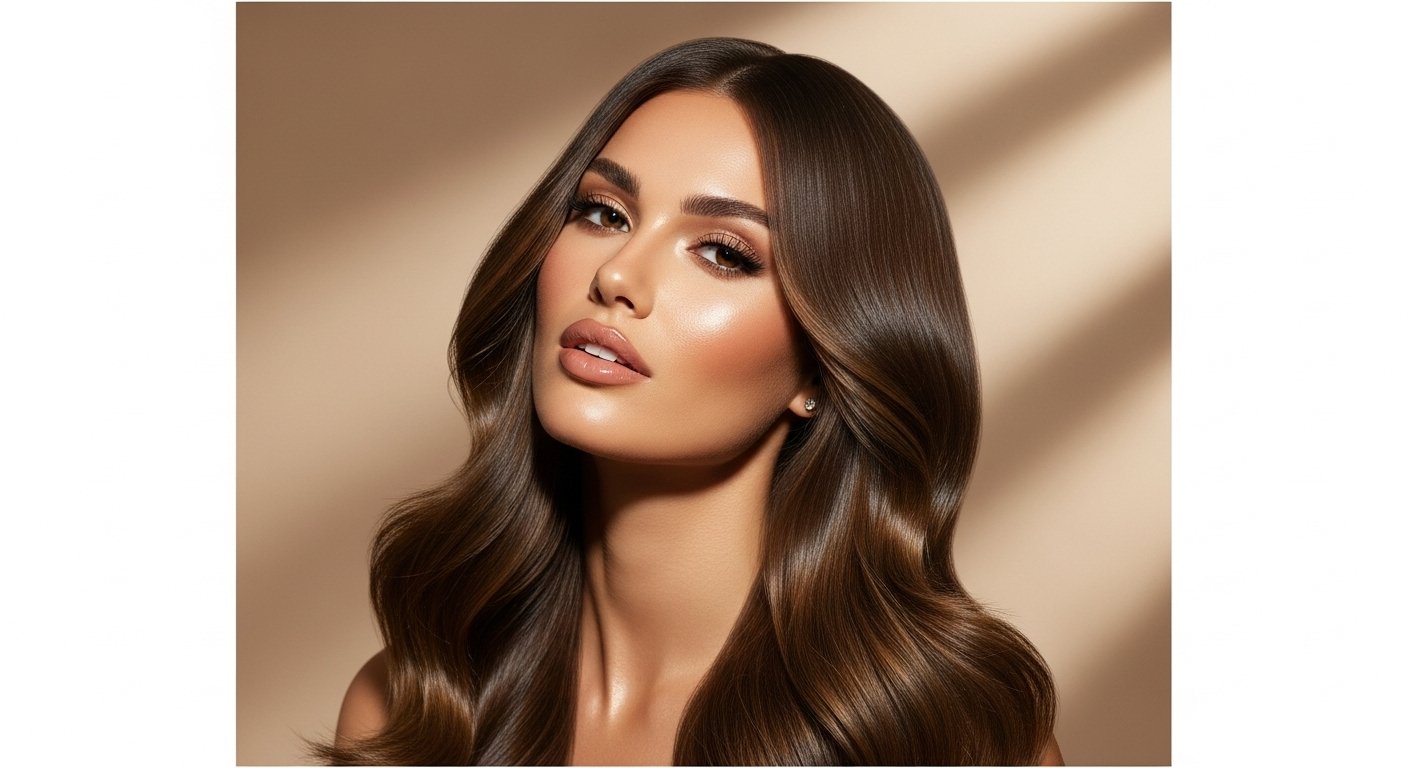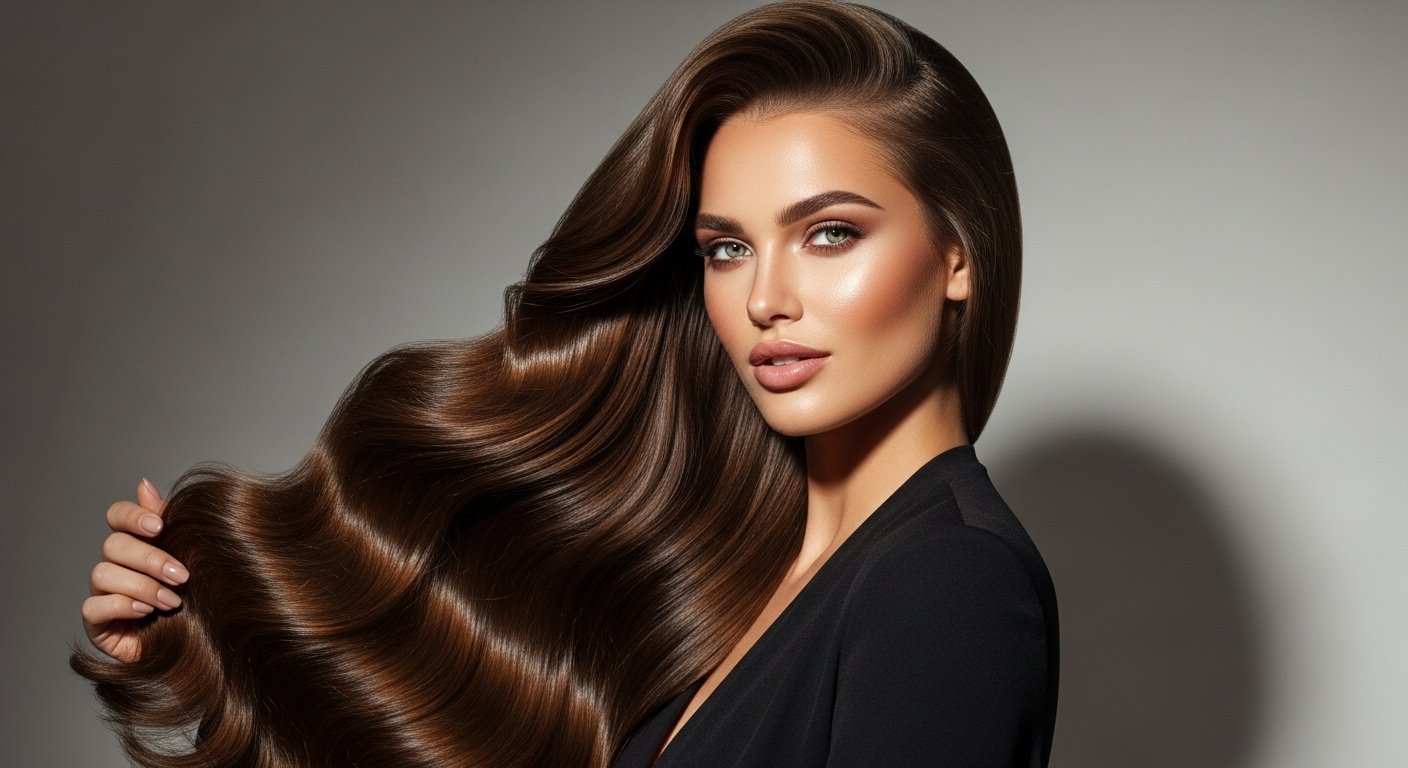- Bilal Malik
- 10/29/2025
- Bilal Malik
- 10/29/2025
- Tehreem
- 10/02/2025
- Tehreem
- 10/02/2025
- Tehreem
- 10/02/2025
Many women in the human hair extension usa market want fuller, longer, and more stylish hair, but one big question always comes up: “Where do real human hair extensions actually come from?” When browsing popular products like hair pieces for women, real hair extensions, remy hair extensions, or brands like goo goo hair extensions, it’s natural to wonder how this hair is collected, processed, and delivered worldwide.
Understanding the origin of real human hair extensions is essential to choosing the best human hair extensions that look natural, blend seamlessly, and last longer. This guide explains the sources, ethics, processing steps, and how to choose extensions that truly elevate your look.
What Is “Real Human Hair Extensions”?
Real human hair extensions are exactly what they sound like — hair sourced from actual human donors, cleaned, processed, and shaped into different extension types. These come in forms like:
- Clip-in hair pieces for women
- Seamless tape-ins
- Human hair ponytail extensions
- Weft bundles for sew-ins
- Micro-link or keratin-tip strands
The highest quality among all is Remy hair, which means the hair cuticles are aligned in the same natural direction. This is what prevents tangling, dryness, and frizz — and gives extensions their natural shine.
If you want a long-lasting, smooth, silky extension that blends naturally — always choose Remy real human hair.
Importance of Knowing Where Extensions Come From
In today’s beauty-driven digital world, transparency matters.
When buying human hair extension usa, understanding the origin helps you:
- Avoid low-quality synthetic blends
- Ensure hair was ethically collected
- Choose extensions that last months instead of weeks
- Get natural movement, texture & shine
- Protect your own hair health
Brands rarely highlight their sourcing process, so the more informed you are, the better decisions you make.
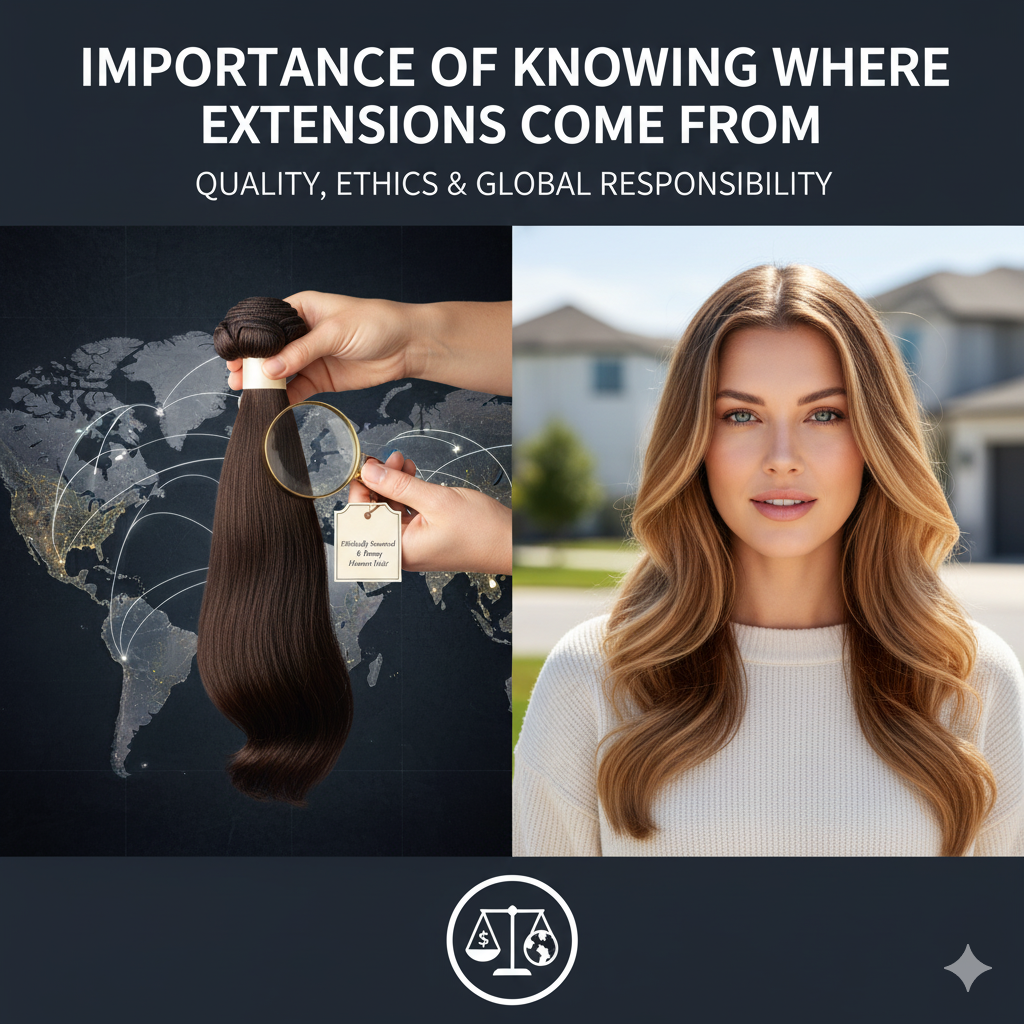
Where Do Real Human Hair Extensions Come From?
Most human hair for extensions comes from specific regions known for naturally long, thick, and healthy hair.
Region | Why Hair Comes From Here |
India | Temple hair donations — voluntarily given as part of spirituality |
China | Major global processing hub & manufacturing facilities |
Brazil | Naturally voluminous texture ideal for full-bodied styles |
Vietnam, Cambodia, Myanmar | Strong, smooth strands with high durability |
Temple Hair – The Most Ethical Source
In India, women and men donate their hair at temples as a spiritual offering. The temple then sells the hair, and the profits support community welfare.
This is the source of premium Remy hair used in many human hair extension usa products and luxury brands like goo goo hair extensions.
Household Collection
In rural Southeast Asia, collectors buy hair from donors who grow it intentionally. This is generally ethical if the donor is paid fairly.
Non-Remy / Salon Floor Hair
Cheaper extensions are made from fallen hair, mixed strands, or hair swept from salons. This requires heavy chemical treatment and does not last long.
If the price seems too cheap — the hair is probably non-Remy.
How to Choose the Right Real Human Hair Extensions
This section follows your structure, but meaning is adapted for relevance.
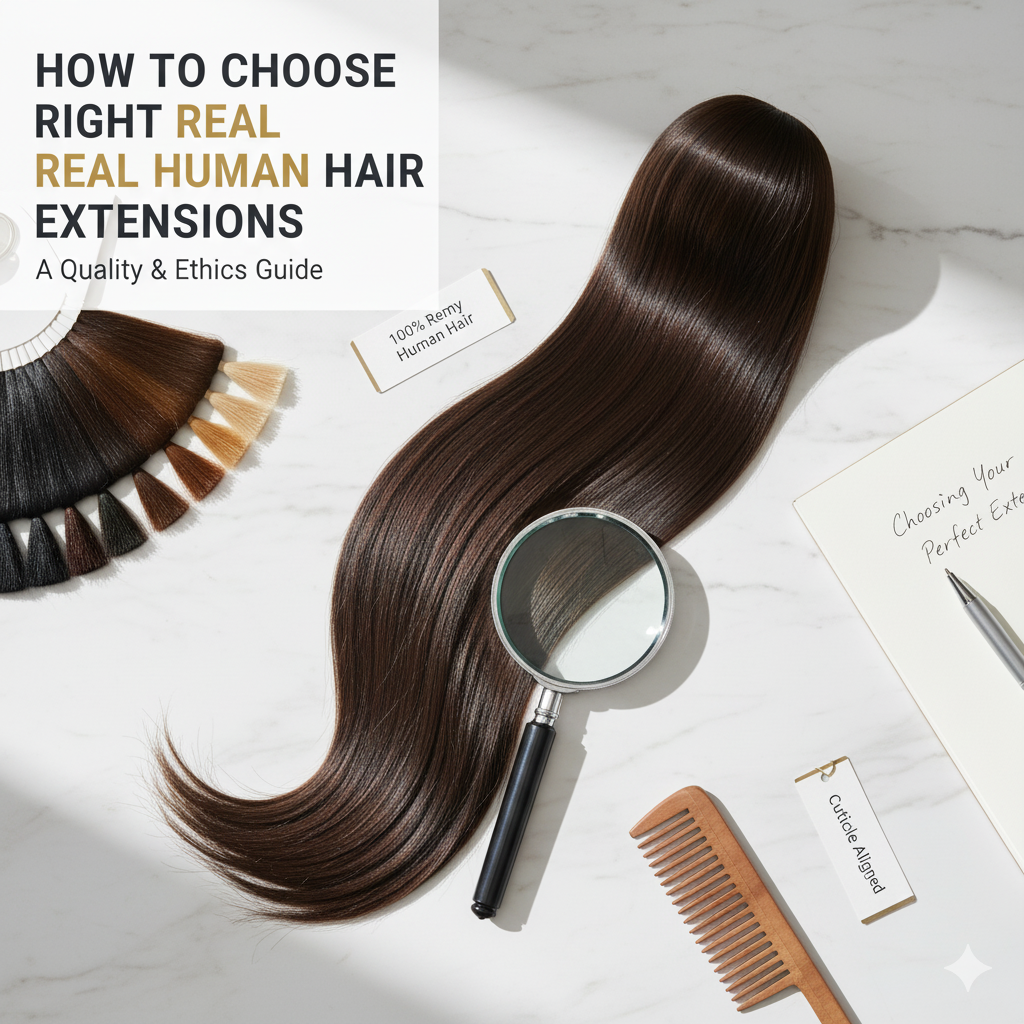
Tip #1: Choose the Right Hair Type
Decide what you want: length, volume, or both. This determines whether you need wefts, clip-ins, or a human hair ponytail extension.
Tip #2: Match Extension Type to Lifestyle
If you want easy daily use → clip-ins.
If you want long-term wear → sew-ins or tape-ins.
Tip #3: Research Brands and Sources
Look for brands that mention:
- Source location
- Cuticle alignment
- Ethical processing
Tip #4: Compare Hair Quality Grades
Choose Remy over non-Remy.
Cuticles aligned = longer-lasting and tangle-free.
Tip #5: Buy for Value, Not Lowest Price
Cheap hair = short lifespan, more tangling.
Invest in real human hair extensions to save money long-term.
Tip #6: Ensure Comfort & Blending
Texture must match your natural hair.
Shade matching is key for seamless blending.
Tip #7: Ask About Care Instructions
Transparent brands explain washing, heat styling, and product maintenance.
Tip #8:Test Small Before Buying Big
Buy a single pack, try styling, then invest in multiple bundles.
Best Practices to Boost Longevity
- Use sulfate-free shampoo
- Avoid sleeping with wet hair
- Brush using a loop brush
- Store extensions in a silk bag
- Avoid excessive heat styling
Common Mistakes to Avoid
- Choosing the cheapest option available
- Ignoring the hair source
- Over-bleaching or excessive heat
- Not brushing extensions daily
- Sleeping without protective wrap
Conclusion
Understanding where real human hair extensions come from helps you make a confident, informed purchase. When buying human hair extension usa, always look for verified sourcing, Remy cuticle alignment, and ethical handling. The right extensions aren’t just hair — they’re confidence, beauty, and personal style elevated.
FAQs
Q1: Are real human hair extensions better than synthetic?
Yes — they look more natural, last longer, and can be styled with heat.
Q2: How long do real hair extensions last?
High-quality Remy hair lasts 6–12 months with proper care.
Q3: Can I dye real hair extensions?
Yes — but lighten carefully to avoid damage.
Q4: Are clip-in extensions damaging?
Not if installed and removed properly.
Q5: How do I store my extensions?
Keep them in a breathable silk or satin pouch.
